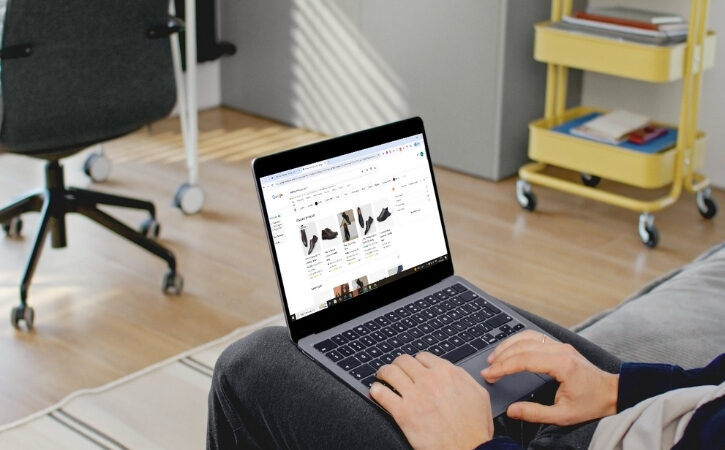What’s the best setup for crystal-clear event sound?

Getting the sound right at any event can make or break the entire experience. Whether you’re planning a wedding, corporate seminar, concert, or community gathering, clear and balanced audio is non-negotiable. It’s not just about volume—it’s about quality, placement, and the right gear. In this guide, we’ll walk through everything you need to know to set up sound that everyone can hear, enjoy, and remember. If you’re considering professional help, Sound System Installation Services in your area can take the guesswork out of this process and help tailor it to your needs.
Why Sound Quality Matters More Than You Think
You can have stunning lights, top-tier performers, or even gourmet catering, but if your guests can’t hear the speeches, music, or announcements clearly, the event starts to fall flat. Poor audio doesn’t just affect enjoyment—it affects how people remember the event. When sound is crisp and clean, it creates a natural, immersive atmosphere.
Know Your Venue First
Before setting up anything, get a feel for your space. Indoor and outdoor venues behave differently. Indoors, you’re working with walls that reflect and absorb sound in strange ways. Outdoors, there’s wind, background noise, and no natural walls to bounce sound. These factors all impact how sound travels and how your setup should be planned.
Size of the Audience Matters
Are you hosting 30 people or 3,000? The number of ears you need to reach changes everything. A small birthday party might get away with a couple of speakers on stands. A music festival? You’ll be looking at line arrays, subwoofers, and possibly delay towers to maintain sound quality across long distances.
Speaker Placement is Everything
This is where most DIY setups go wrong. It’s tempting to just plug in speakers and aim them at the crowd, but there’s a bit of strategy involved. The goal is even coverage—everyone in the space should hear the same thing at roughly the same volume. Avoid pointing speakers directly at walls or ceilings to reduce echo. Keep them elevated, slightly above head level, and angled down.
Don’t Forget About Monitors
This one’s huge, especially for events with live performances or multiple speakers. Monitors let the person on stage hear what’s being broadcast to the audience. Without them, performers or presenters may struggle with timing or speaking clearly. It’s one of those behind-the-scenes details that makes a big difference.
Mixers Bring It All Together
Think of a mixer as the brain of your sound setup. It lets you control the volume, tone, and balance of every microphone, instrument, or audio input. Whether you’re working with a small analog board or a digital mixer packed with presets, this piece of equipment is where most of your control happens. A clean mix prevents one mic from overpowering another or music from drowning out speech.
Wireless or Wired? It Depends
Wireless systems are incredibly convenient. No messy cables and much more freedom of movement. But they come with risks—interference, battery issues, and dropouts. Wired setups offer better stability, especially in environments packed with smartphones and other wireless devices. If you’re going wireless, always have fresh batteries and test everything well before showtime.
Microphones: One Size Doesn’t Fit All
The type of mic you use should fit the purpose. Handheld mics are great for interviews and MCs. Lavalier mics (those tiny clip-on ones) work well for speakers who need to move freely. Headset mics give even more mobility and better sound isolation. For live music, dynamic mics can handle loud volumes without distortion.
Audio Technicians Can Save the Day
If your event involves multiple speakers, performers, or complex timing, having a sound tech on hand is a game changer. They handle levels in real time, fix issues on the fly, and make adjustments based on how the crowd is responding. Think of them as the unseen heroes keeping everything running smoothly.
Test, Then Test Again
Never set up your equipment and walk away. Once everything’s connected and placed, run a full test. Walk around the space and listen from different spots. Adjust speaker angles, tweak volumes, and ask a few friends to help listen. You want the sound to feel natural, not too loud or soft anywhere in the venue.
Backup Plans Are a Must
Tech fails. Microphones drop. Cables fray. Having a backup mic or a second cable set can be the difference between a hiccup and a disaster. Don’t wait until something fails mid-event. Pack a small kit with spares of the most important items.
Final Thoughts
Great event sound isn’t about having the fanciest gear or spending the most money. It’s about understanding your space, your crowd, and what you need to deliver a clear, consistent experience. A good setup doesn’t draw attention to itself—it lets the focus stay on the people and the moments that matter.



